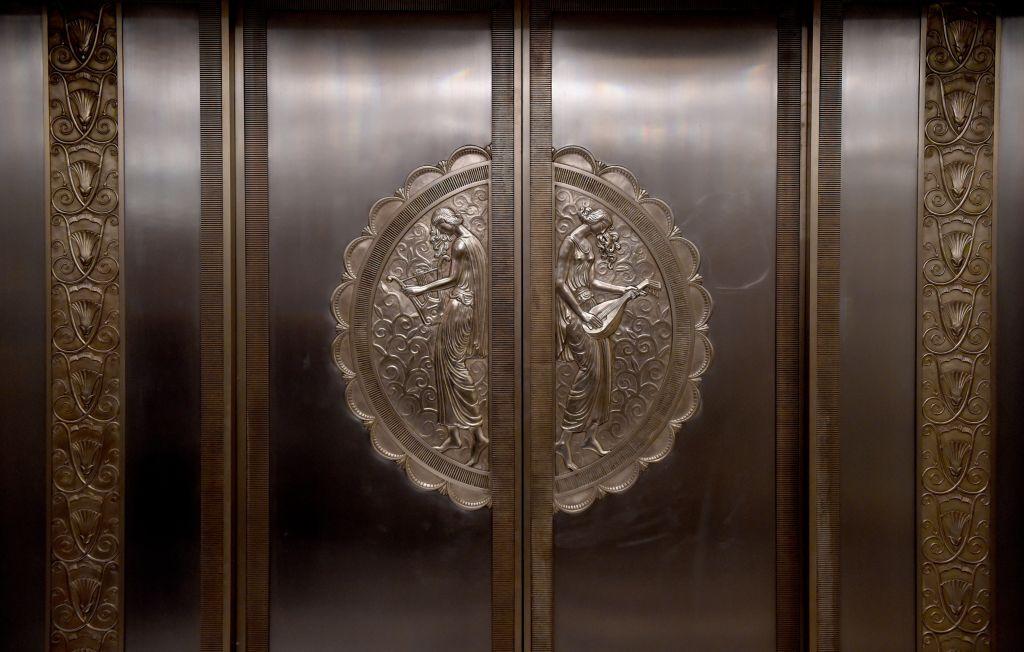A woman was rescued from a New York City elevator on Jan. 28 after being stuck inside all weekend.
The Fire Department of New York responded to a building on the Upper East Side in the Manhattan borough just after 10 a.m. on Monday and freed the woman.
She was stuck in an elevator between the second and third floors of a townhouse at 48 East 65th Street.
When someone finally entered the house at the start of the week, they realized there was a person trapped inside the elevator and they called 911.
City records show that the elevator that the woman got stuck in was last inspected in July 2018. No violations were filed at the time.
Would Break Record
If the woman was indeed in the elevator from Friday to Monday, it would break the record for the longest time trapped in an elevator in New York City.Nicholas White, a production manager at Business Week, spent 40 hours on an elevator in 1999 after getting stuck while working late.
White, then 34, told a colleague that he was going outside to smoke a cigarette, and hopped in the elevator at the 43rd floor of the McGraw-Hill Building, which was later added to the Rockefeller Center. White made it downstairs and smoked, but when he re-entered the elevator and started going up, the elevator stopped. No one found him until almost two days later, on Sunday afternoon.
While people who are trapped for significant periods of time in elevators, caves, or other places undergo stress, it doesn’t cause permanent extreme problems in all of them, researchers said.

He said people should be on hand to monitor the machines.
‘'If you’re in a modern commercial building and you press an alarm bell, by law you should be automatically connected by intercom to a person, either in the building or at an outside station,” he said.
“In a new residential building, the intercom isn’t required, but the alarm is supposed to be connected to a monitoring station somewhere.'’




